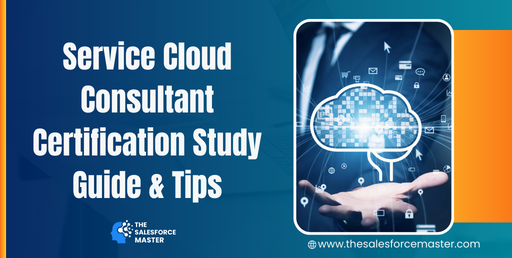
Salesforce Architecture Review: Ensuring Your Org is Future-Proof
As businesses grow and evolve, ensuring that their Salesforce architecture remains robust and scalable becomes essential. A well-structured architecture helps organizations adapt to new business needs, maintain system performance, and integrate with other technologies seamlessly. Here, we’ll explore the key strategies to future-proof your Salesforce architecture, including Salesforce Login and how it impacts long-term success.
1. Evaluate Scalability and Flexibility
The first step in ensuring that your Salesforce org is future-proof is to evaluate its scalability. Salesforce is designed to grow alongside your business, but the architecture must be flexible enough to accommodate that growth. Regularly assessing your system’s ability to handle increased data loads, user traffic, and additional integrations is crucial.
Architects should also design systems with flexibility in mind, ensuring that the org can adapt to changing business processes. Tools like Salesforce Login simplify user access as teams expand, but they must integrate smoothly with the overall architecture to avoid bottlenecks. Leveraging Salesforce Marketing Cloud is another way to build flexible solutions, as it allows you to create personalized customer journeys that evolve with changing market trends.

2. Implement Strong Data Governance Policies
A future-proof Salesforce architecture needs to prioritize data governance. As organizations expand, the volume and complexity of data grow, which can lead to inefficiencies if not managed correctly. Strong data governance policies help ensure that your Salesforce org is optimized for both current and future needs.
One key practice is organizing your data through proper Salesforce Data Management tools, ensuring that data is easy to access and analyze. Additionally, Salesforce architects must regularly review and update these policies to stay compliant with data regulations. Tools like Salesforce Data Studio enable marketers to access data efficiently, empowering better decision-making and long-term success.
Salesforce Marketer tools such as Journey Builder and Audience Studio are essential for building future-proof architectures by automating data management and enhancing customer engagement strategies. To maintain this advantage, regular architecture reviews are crucial to ensure ongoing compliance with industry standards and business requirements.
3. Integrate Seamless User Experience and Security
In addition to scalability and data governance, Salesforce architects must ensure that the user experience (UX) remains seamless, even as the org evolves. Implementing solutions like Salesforce Login improves security and simplifies the access process, but it must be done with careful consideration of both user experience and architectural integrity.
When designing for long-term success, consider integrating Salesforce Marketing Cloud products like Datorama and Pardot, which offer data-driven insights and automation to streamline processes. These tools not only enhance the user experience but also provide marketers with actionable insights into customer behaviour, making it easier to personalize interactions and optimize marketing efforts.
Security is equally important in a future-proof Salesforce architecture. Tools such as Salesforce Shield offer encryption, event monitoring, and field audit trail features, ensuring that your data remains secure. Regular security assessments should be part of every architecture review, ensuring compliance with industry standards and protecting sensitive information.
Conclusion
A future-proof Salesforce architecture relies on scalability, flexibility, strong data governance, and an integrated user experience. Regular reviews of your system’s capacity to handle growth and adapt to new challenges are essential. By incorporating tools like Salesforce Login and Salesforce Marketing Cloud, organizations can ensure their architecture remains efficient, secure, and ready for the future.



